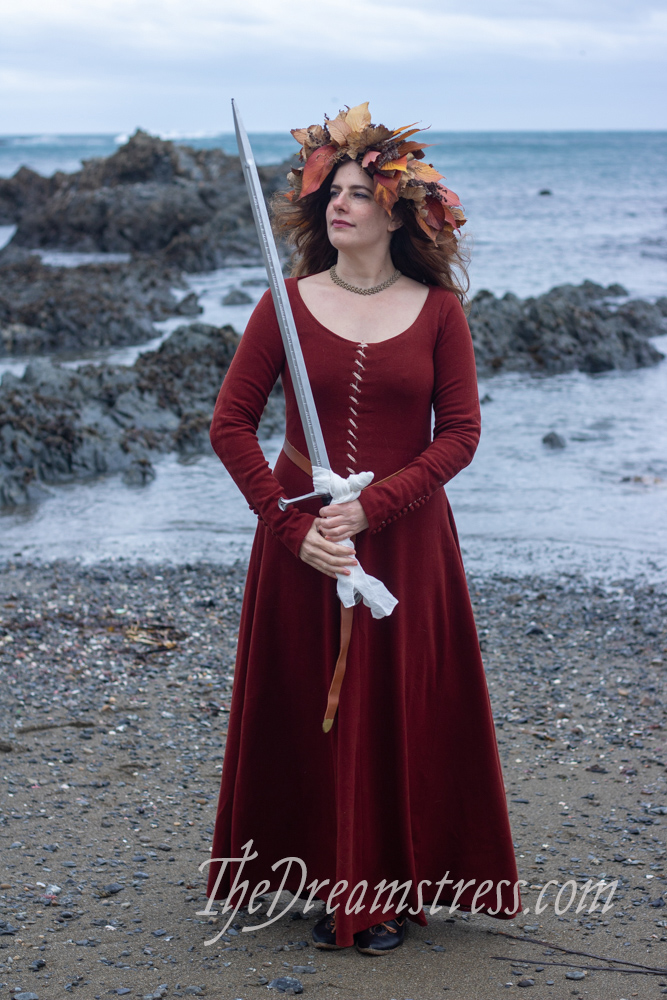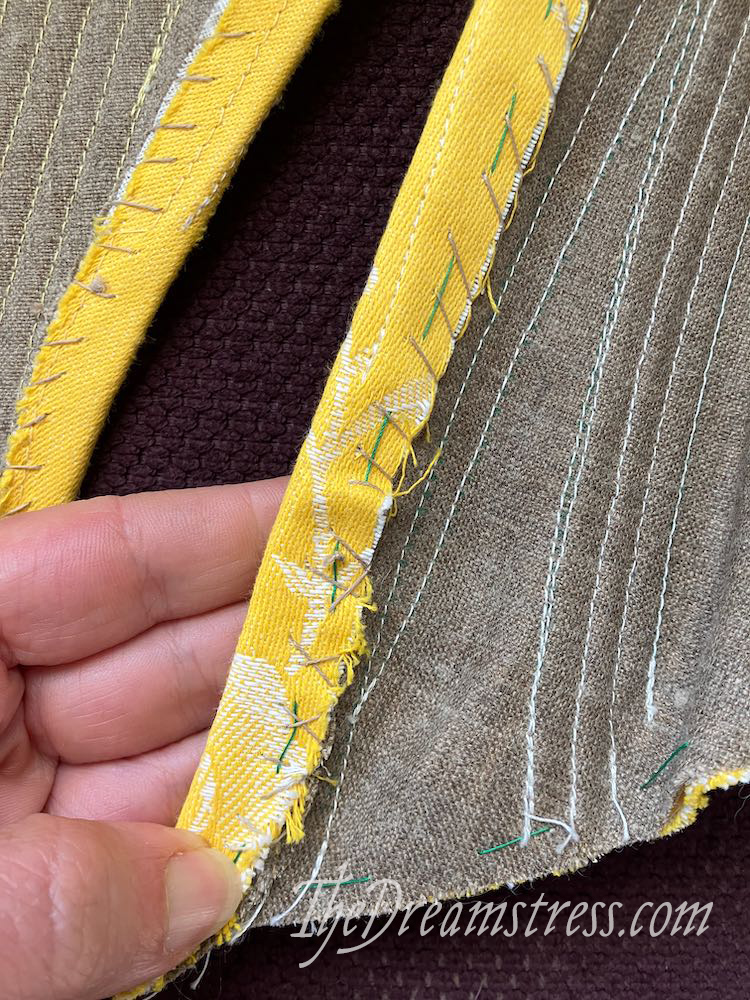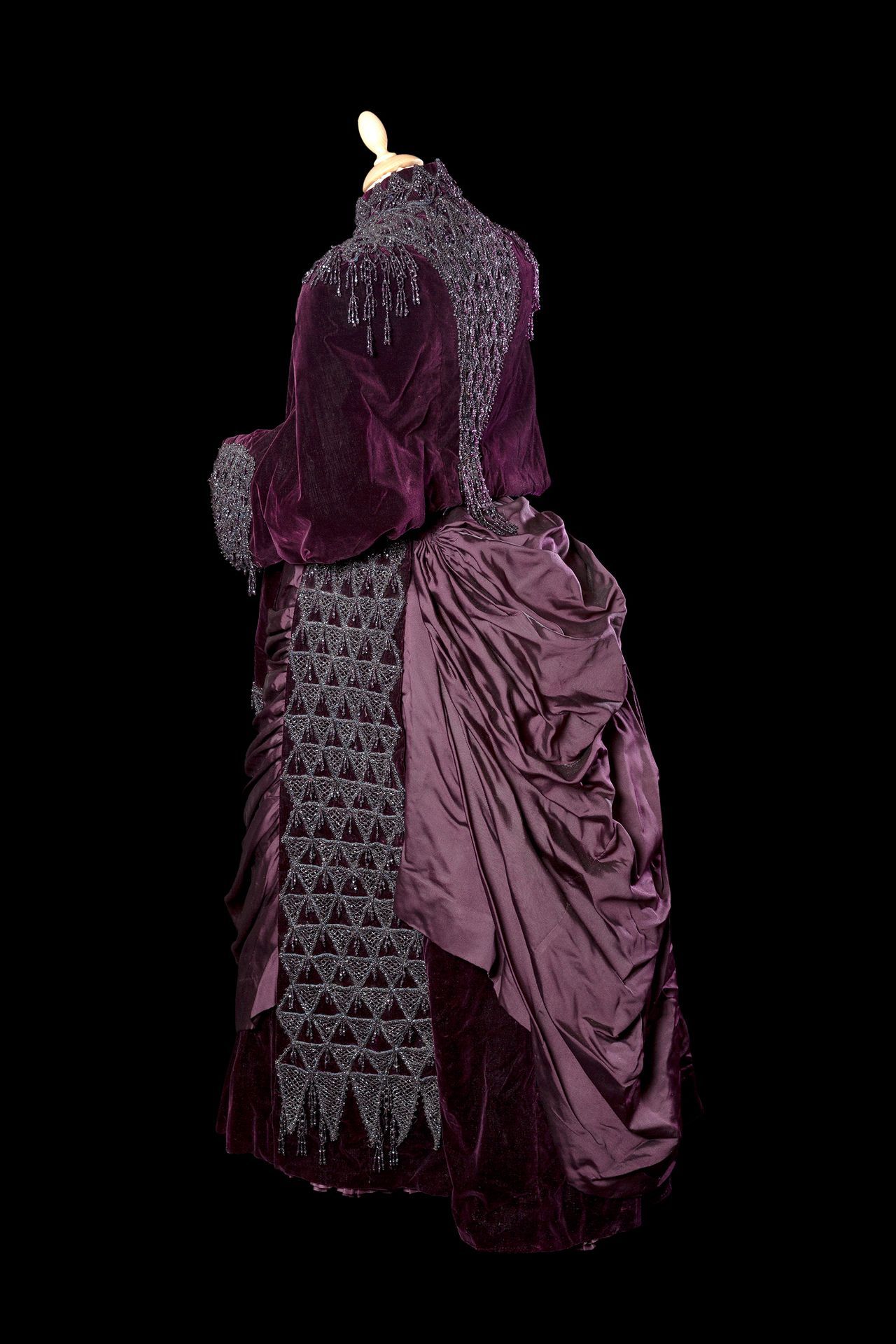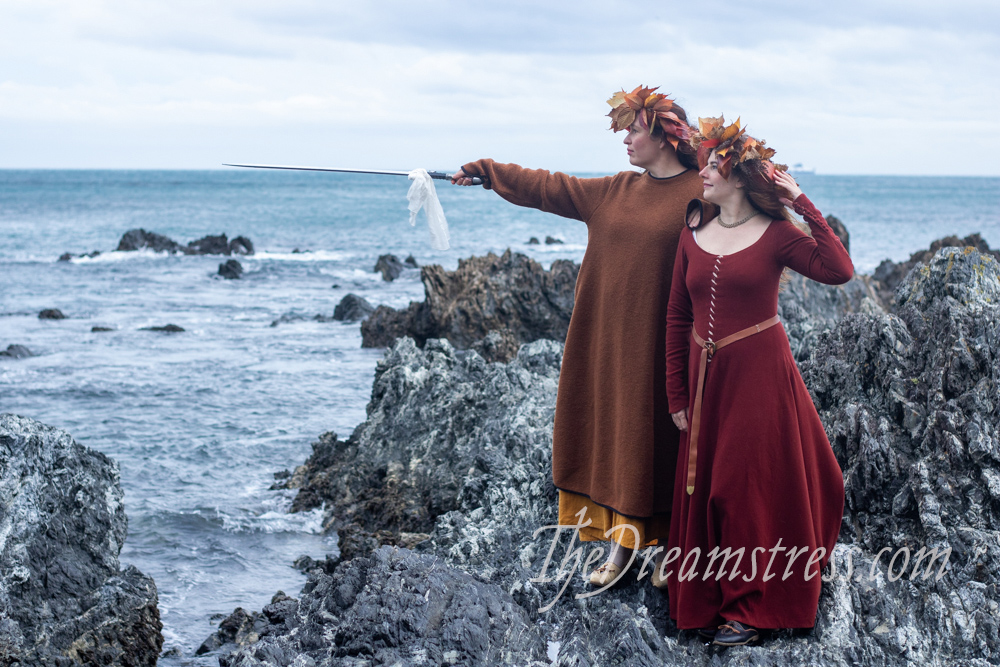If you’ve followed me for a while you know I almost never do collaborations & marketing posts.
I blog because I love sharing about sewing and history and random stuff from my life. I’m here to have fun. I’ve never monetised the blog, and try to make sure the Scroop-related content is less than 1/4 of my posts. I want this blog to be a haven from all the ‘buy-buy-buy’ flashing lights and marketing websites on the internet.
So I have to REALLY love an item to agree to a collaboration.

When Son de Flor approached me about a collaboration I didn’t have to think about it at all. Their clothes are gorgeous and I’ve coveted them every time I see them.
I also really like their ethics and their commitment to the environment and slow fashion.
Plus, they contacted me at the perfect time.
I’ve come to realise I want to teach at Toi Whakaari, and make new Scroop Patterns, and sew my whole wardrobe, and renovate my house.
But I can only handle 2.6798 of the 4 while still maintaining any semblance of sanity and a healthy life that also involves socialising and exercise and a decent diet. So, something’s got to give. And what can give is making my whole wardrobe – you’d rather I make new patterns than that, right?
So the solution to not making my whole wardrobe is to invest in ethical clothes that will last and last. Which is exactly what Son de Flor makes. 💛
I adore all their romantic linen frocks and was so tempted by them, but we were heading in to winter here in NZ. It’s wool weather, not linen weather. Then I saw this double slit wool dress and it was instant love.

I’ve been really into Medieval inspired historybounding lately (in case you hadn’t guessed from my last post!), and this fits perfectly into that aesthetic. And it looked so warm and cozy…

It IS so warm and cozy. It’s boiled wool knit, and so soft and snug. We took these photos on a chilly late autumn day with a strong, freezing wind and the occasional drizzle. And I was delightfully comfortable for the whole shoot.

The tunic arrived at the perfect time too. Theresa was visiting Wellington, and what do Theresa and I do when she visits? Have a photoshoot!
I suggested Medieval fantasy, and she was all on board.
 So I went foraging around Wellington for autumn leaves (harder than you’d think – our woods are, thankfully, mostly natives, but all NZ native trees are evergreen), and adapted Hawai’ian haku lei making techniques to make up two wreaths using twisted brown paper bags and crochet twine instead of banana bark and raffia.
So I went foraging around Wellington for autumn leaves (harder than you’d think – our woods are, thankfully, mostly natives, but all NZ native trees are evergreen), and adapted Hawai’ian haku lei making techniques to make up two wreaths using twisted brown paper bags and crochet twine instead of banana bark and raffia.



The effect was just what I had hoped for, although leaves did keep blowing into our eyes and ruining shots. I hadn’t anticipated a photoshoot in a gale!


Plus, we had the most fun photoshoot prop ever. I’m the kind of person who knows people who have swords. I asked if I could borrow one, and the answer I got was “sure, what style are you after?”

We settled on a plastic Anduril LotR replica, because it was lightest and cheapest and I was worried about damaging something valuable.

10/10 for fun photoshoot prop! I really want my own sword now…

About the tunic!
I’m 5’6” and a Scroop Size 40. I’m wearing it in Size L. I could have gotten away with M, but I ordered it large because I know I like the oversized look, and preferred that to too snug.
It’s sold out in this warm brown, but as of this post is still available in poppy, pale grey, and pink (and I want one in every colour!).
It’s 80% wool, 20% poly, and for the first time in my life I look forward to it being really cold, so I can slip this on and feel glamorous and cozy. It looks great over trousers too!

As a fabric and construction snob, I’m super impressed with the quality. The fabric is very nice, and the finishing details are really well thought-out. The black edging is a soft jersey binding, so there’s absolutely no chance of the wool rubbing. The binding even on the slit and hem is such an elegant touch. Most companies would just go for a coverstitched hem.

So, highly recommend autumn wreaths, excellent friends, swords as photoshoot props, and Son de Flor’s clothes. Could definitely see myself in one of those fabulous linen frocks come summer.

If you want to add some beautifully and ethically made Son de Flor items to your own wardrobe please use my affiliate link – plus enter the code LEIMOMI5 for an extra 5% off that!
And obviously, this is a sponsored post and Son de Flor gave me the tunic in exchange for writing it – but my gushing would be significantly less muted if I didn’t think their products were fantastic!




















 So I went foraging around Wellington for autumn leaves (harder than you’d think – our woods are, thankfully, mostly natives, but all NZ native trees are evergreen), and adapted Hawai’ian haku lei making techniques to make up two wreaths using twisted brown paper bags and crochet twine instead of banana bark and raffia.
So I went foraging around Wellington for autumn leaves (harder than you’d think – our woods are, thankfully, mostly natives, but all NZ native trees are evergreen), and adapted Hawai’ian haku lei making techniques to make up two wreaths using twisted brown paper bags and crochet twine instead of banana bark and raffia.









